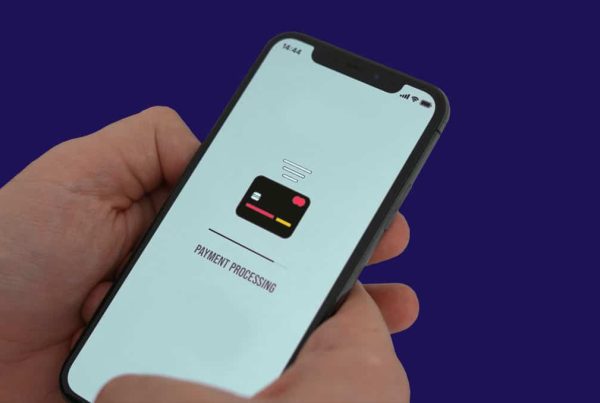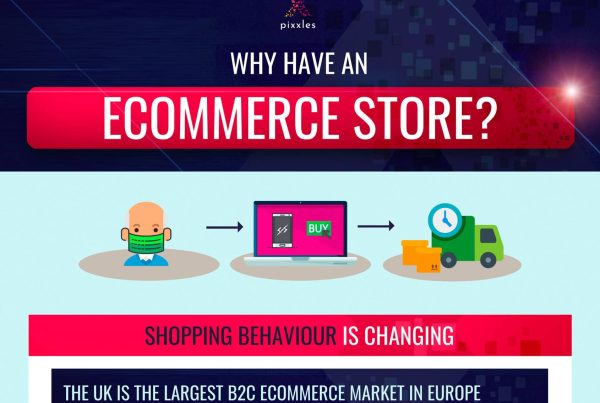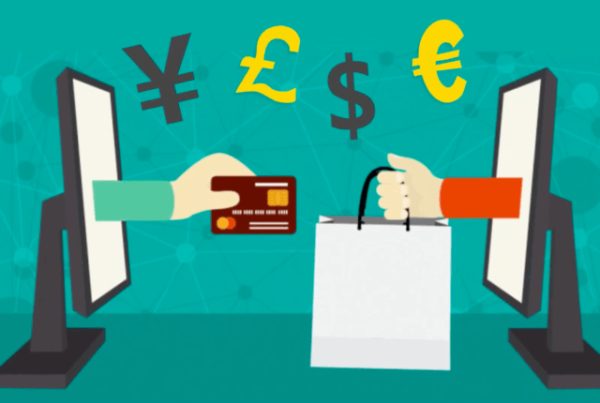What Are Digital Receipts?
Digital receipts, also known as e-receipts or electronic receipts, enable businesses and customers to store transaction information digitally, replacing the need for traditional paper receipts.
This shift from paper to electronic receipts has contributed substantially to the evolution of modern commerce.
In fact, the rise of digital technology, in general, has enhanced modern commerce in various respects by offering efficient and eco-friendly ways to manage transaction records.
» MORE: What is recurring billing?
What Information Do Digital Receipts Contain?
Digital receipts typically contain the same information you’d find on a paper receipt, only in a digital format.
This information can include:
Transaction Details – These include the date and time of purchase, the items or services purchased, item quantities, prices, and any applicable taxes or fees.
Business Information – This includes the business’s name, logo, and contact information. With this information, customers can remember who they purchased from and contact the businesses as needed.
Payment Details – These can include the last four digits of the credit card used, the payment total, and any relevant authorization or transaction codes.
Additional Information – Digital receipts can contain extra details, such as return policies, warranty information, loyalty program updates, or personalized messages from the business.
How Do Digital Receipts Work?
When a customer makes a purchase, it’s standard practice for the cashier to ask how they prefer to receive their receipt.
If the customer chooses to receive their receipt digitally, their email address will be added to the business’s point-of-sale system, and they’ll receive the receipt in their inbox.
Digital Receipts Can Be Sent in Different Ways
Digital receipts, once generated, can be sent to the customer’s email address, online account, or mobile app, depending on the customer’s preference. Some businesses even provide the option to receive receipts via SMS.
As with any digital service, customers can choose whether to opt in or out of receiving a digital receipt.
If a digital receipt is sent, then the customer can save it in various formats, such as a PDF or image file. Or they can keep the digital receipts in their email inbox or a dedicated digital receipt management app.
Customer vs Vendor Receipts
When it comes to vendor payments, digital receipts function similarly as to when a regular customer buys a product.
In the case of a vendor payment, the business is the customer, and it receives the digital receipt as proof of payment for future accounting, inventory, and tax use.
» MORE: What is a billing address?
Why Use Digital Receipts?
There are several reasons most businesses today have transitioned to using digital receipts. Let’s look at the most important ones.
Pros of Using Digital Receipts
Digital Receipts are Quick and Convenient
Digital receipts are quickly generated and delivered, offering a hassle-free experience for both businesses and customers. There’s no need to wait for a printed receipt.
Digital Receipts are Easy to Track
Digital receipts are arguably much simpler to organize and manage than paper receipts. Digital receipts can be stored in neat folders, backed up, and quickly searched whenever needed. They also eliminate the need to sift through piles of paper to locate a specific receipt.
Digital Receipts Save Money and Resources
Digital receipts save on paper and ink costs by eliminating the need for printing. This is especially helpful for high-volume businesses.
Digital Receipts are More Environmentally Friendly
Going digital reduces paper demand, contributing to environmental conservation.
Digital Receipts Can Integrate with Other Systems
Digital receipts have the ability to integrate seamlessly with other systems, such as accounting software, expense management tools, and CRMs. This helps streamline business operations.
Digital Receipts Offer Enhanced Security
Unlike paper receipts, digital receipts can be stored and encrypted on the cloud or on digital devices. Granted, photocopies of paper receipts can also be electronically stored, and there are cases in which paper receipts are actually more secure.
Digital Receipts Can Improve Customer Service
Digital receipts can enhance the customer experience by offering personalized messages, loyalty program updates, or promotional offers. They also make returns or exchanges easier by ensuring the receipt is always readily available.
Cons of Using Digital Receipts
While there are many advantages to using digital receipts, they also come with some potential challenges.
Digital Receipts Require Internet Access
Both issuing and receiving digital receipts require internet access. This can be a challenge in areas with limited or unreliable internet connectivity.
Digital Receipts Aren’t Popular with All Customers
Not all customers are comfortable with digital transactions for a variety of reasons. Some might be less tech-savvy or have privacy concerns.
Digital Receipts Do Come with Data Privacy Concerns
Digital receipts often require customers to share their email addresses or other contact information, which can be cause for concern for privacy-minded individuals.
Are Digital Receipts Safe?
Businesses that use digital receipts must comply with various privacy and data protection laws, such as the General Data Protection Regulation (GDPR) in Europe.
With that said, safety is still a significant concern when it comes to digital receipts. No system is invulnerable.
To empower customers, businesses should inform their customers about how their data is being used and stored. Transparency is vital to building trust and ensuring customers feel comfortable using digital receipts.
When properly managed, digital receipts can be a safe and secure way of managing transaction records.
However, businesses and customers must stay vigilant and follow best practices to ensure the safety of their data.
» MORE: What do secure payment processing services look like?
How To Manage Digital Receipts
Here are some steps to manage digital receipts effectively.
- Create a Dedicated Email Folder
One of the simplest ways to manage digital receipts is to create a dedicated email folder. This allows for easy access and helps to keep your inbox organized.
- Use Digital Receipt Management Apps
There are several apps available that can assist in managing digital receipts. These apps can store receipts, help track expenses, and even integrate with personal finance software.
- Regularly Back Up Your Receipts
As with any digital data, it’s possible (and advisable) to back up your receipts to avoid losing them. This could mean saving your receipts to a cloud storage service or an external hard drive.
- Review Your Receipts Regularly
Just as with paper receipts, it’s a good habit to review digital receipts regularly. This helps to ensure all charges are correct and can also assist in budgeting and financial planning.
Trends in Digital Receipts
Let’s take a look at the potential innovations and trends shaping the future of digital receipts.
Integration with Mobile Wallets
Digital receipts are increasingly integrating with mobile wallet applications, making them even more convenient for consumers to store, manage, and access. This type of integration offers a high level of personalization.
Advanced Analytics
With digital receipts, businesses can leverage data analytics to gain insight into customer behavior, spending patterns, and popular products or services. These insights can drive better decision-making, strengthen marketing campaigns, and improve customer experiences.
Sustainability Initiatives
Given the environmental impacts of paper receipts, going digital with receipts is often encouraged as a sustainable alternative. Switching to digital receipts not only contributes to the green image of a business but also aligns with the sustainability goals of many modern consumers.
What Does the Future Hold for Digital Receipts?
In the future, we can expect to see more integration of digital receipts with other digital services. We can also expect enhanced data analytics capabilities and possibly even the use of blockchain technology for added security and verification.
Moreover, as more consumers use smartphones, tablets, and wearables, it’s likely we’ll see digital receipts become increasingly interactive. Tomorrow’s digital receipts may include features such as embedded videos or augmented reality components that allow customers to engage directly with businesses.
Regarding Blockchain Technology and Digital Receipts
Blockchain technology may bring a new level of security and authenticity to digital receipts while storing receipt information in a decentralized and verifiable manner.
This would be particularly beneficial in sectors where authenticity and traceability are paramount, such as industries with high-value goods or industries that are regulated.
» MORE: E-commerce in a post-lockdown world
How Can Businesses Start Using Digital Receipts?
Currently, there are many digital receipt solutions available on the market. Choosing the right one depends on several factors, including the nature of your business, transaction volume, and the level of integration needed.
If you want more information about what we suggest, visit our Contact page.
Contact Pixxles
Some payment providers need third parties to process card payments. Not us, though. At Pixxles, we’re authorised by the Financial Conduct Authority, meaning we take full responsibility for our services.
This also means we remain directly accountable to you the customer, as well as the Regulator.
Being authorised by the FCA provides us with the freedom to do things our way: Offer smooth payment processing, transparent pricing structures, and exceptional service.
Interested in a service that puts your needs first? Learn more on our Business Solutions page or call us at +44 208 126 4154.








